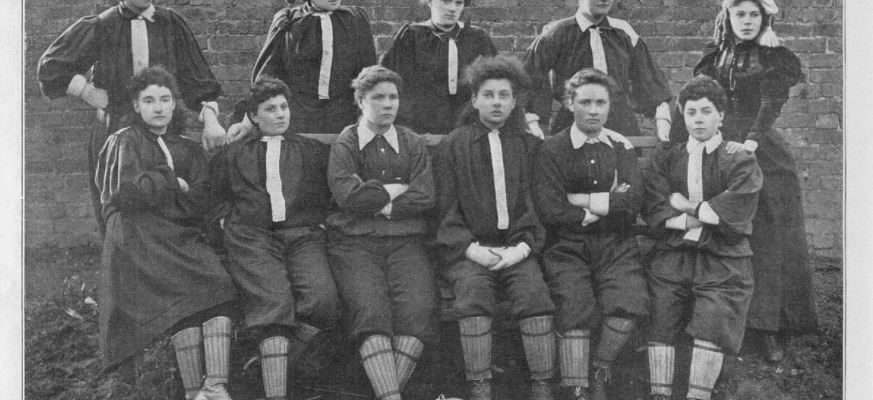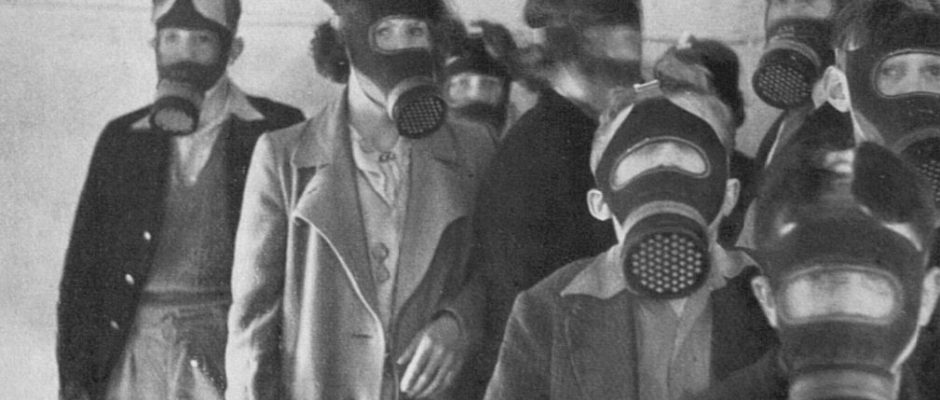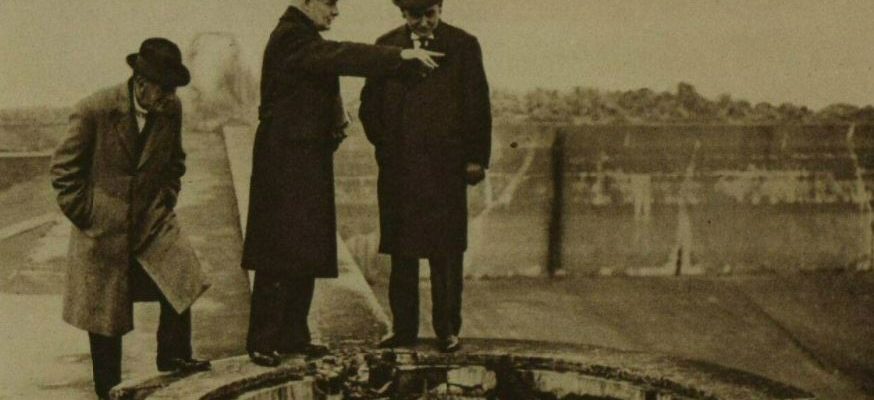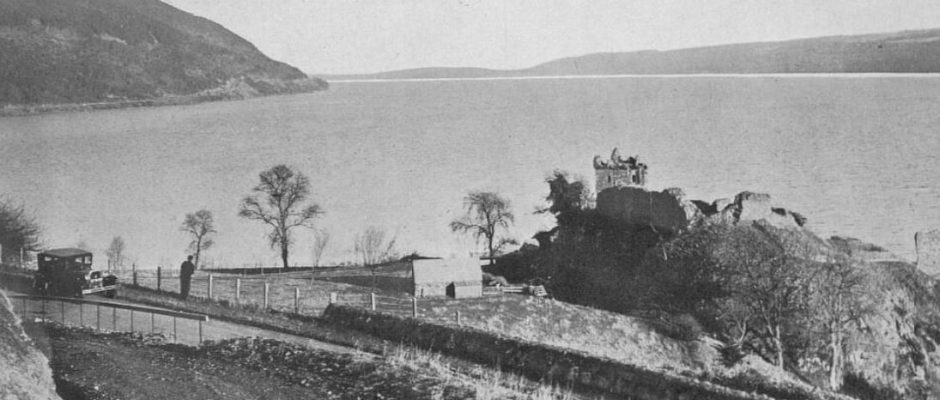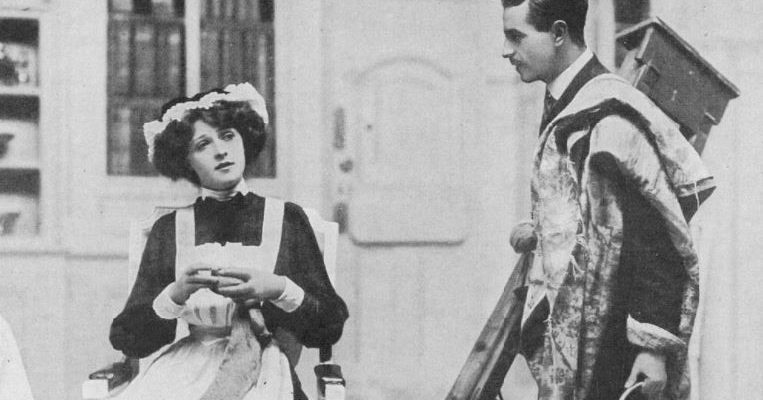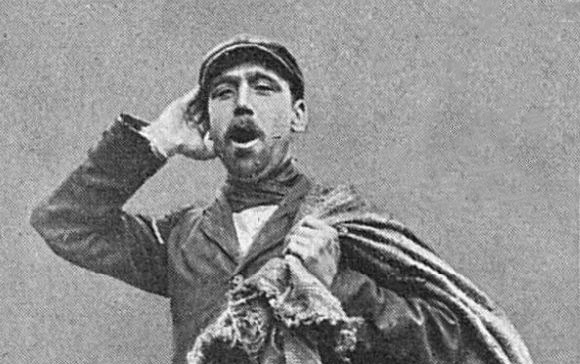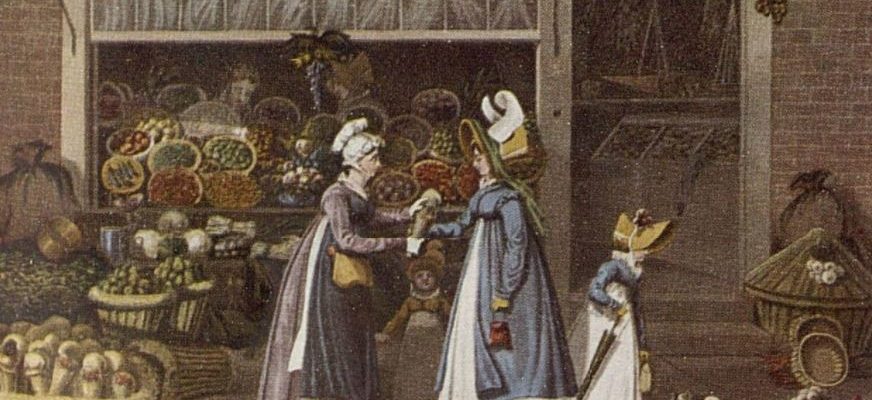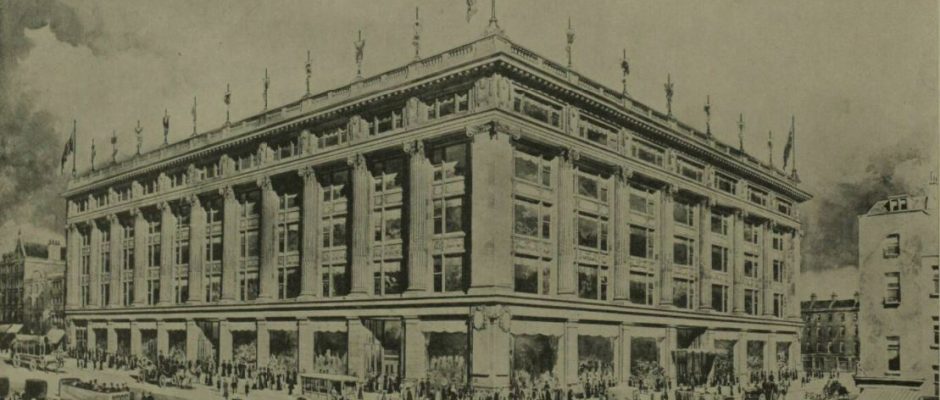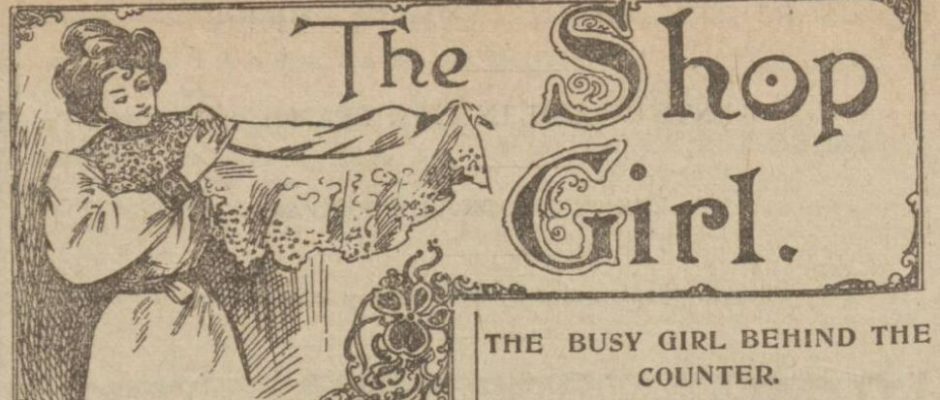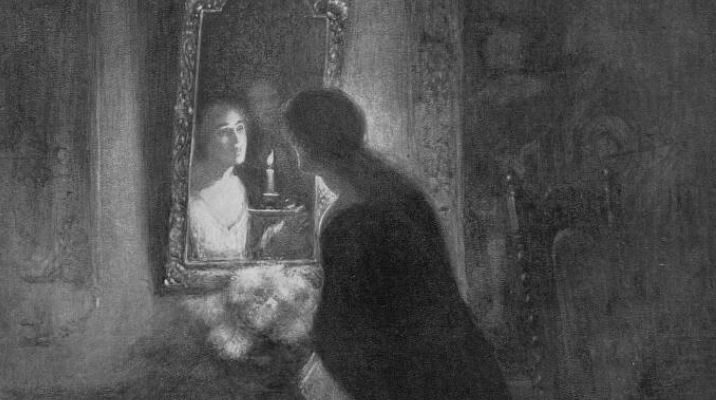To celebrate International Women’s Day this year, and as part of our look at the history of football this March, in this very special blog we will be taking a look at pioneering early women footballers. Register now and explore the Archive From those who took to the pitch in the eighteenth century Bath, to those who played in the first international match in 1881, we will look at the women who disrupted the status quo in order to play …
Headlines from History
Russia is building up a formidable air fleet and doubling her military railways. America is laying down new capital ships. Britain is strengthening her Navy and her Air Force. A few days ago Belgium announced her intention to spend more money on her Army…One never quite knows what Germany is doing. Her budget reveals her intention to re-arm to a modest extent…No doubt she is drilling her young men and inuring them to war on land and in the air… …
Tags
In late 1937 in the borough of Croydon, South London, people began to fall ill with typhoid. Typhoid is a disease that is associated with contaminated water and outbreaks of the illness, at least in the United Kingdom, is something that we might associate today with the nineteenth century, before an age of improved sanitation and safe supplies of drinking water. And so, in this special blog, we will take a look at how the Croydon typhoid epidemic gradually unfolded, as …
Tags
In early May 1933 reports that some kind of monster had been spotted in Loch Ness, in the Scottish Highlands, near Inverness, reached the press. By the end of the year, national weekly publication The Sphere wrote: When the Loch Ness monster first came into the news many believed that the stories published in the Press were nothing more than mere sensationalism. To-day this theory does not hold good. People, whose judgement can be relied on, have seen the ‘monster,’ and …
Tags
Just after the turn of the nineteenth century in 1901 1.5 million people across the United Kingdom worked as domestic servants. That’s 4% of the population engaged in domestic service, as butlers, footmen, valets, housemaids, cooks, scullery maids and the like. And so, as part of our investigation of the history of employment this month, in this special blog we are going to take a look at what it was like for those who worked in domestic service in the …
Tags
With the release of the 1921 Census of England and Wales on our sister site Findmypast last week, we were delighted to discover a range of unusual occupations returned within its pages, from knocker-ups to lamplighters, from rag and bone men to rat catchers. And so, using our newspapers, we thought we’d shine a light on some of the past’s most unusual or indeed lost occupations, and try to understand what it was like to actually be a crossing sweeper, …
Tags
On 2 April 1748 the Ipswich Journal reported on ‘the most terrible‘ fire which had broken out at a Mr. Elridge’s, a peruke maker, in Exchange Alley, London. Rumours soon spread that a boy had left a candle near some wig boxes, which had been set on fire, and then: The Flames [had] extended themselves into Cornhill, and burnt down the Houses of Mr. Walthoe, Mr. Strahan, Mr. Meadows, Mr. Brotherton, and Mr. Astley, Booksellers; Toca’s and the Rainbow Coffee-Houses, the Fleece …
Tags
This December, we have been looking at the history of shopping, and no history of shopping would be complete without looking at the one of London’s most iconic department stores – Selfridges. The brainchild of American entrepreneur, Harry Gordon Selfridge (1858-1947), the Oxford Street department store was opened on 15 March 1909, to great fanfare. And in this special blog, we will look at the opening of ‘London’s biggest shop,’ and how the opening was reported in the newspapers to …
Tags
In November 1846, the ‘Friends of a respectable young Woman’ placed this advertisement in the ‘Wants‘ column of Saunders’s News-Letter: The Friends of a respectable young Woman wish to procure for her a Situation either as Attendant on a Lady or in a Nursery, or as a Shop Girl; she is adequate to any of the above capacities, and is willing to make herself generally useful, being of an humble, quiet and obliging disposition; she is a good needleworker, and can teach …
Tags
Nowadays, we tend to think of Halloween as a thoroughly modern phenomenon, an American Hallmark holiday. But using newspapers from the Victorian era, accessed through The Archive, we will discover in this blog how Halloween is a thoroughly ancient phenomenon. We will look at the ancient origins of the October festival, and explore its traditions, some of which have lasted through to this day, like bobbing for apples, and others that have fallen by the wayside, for example the day’s …


